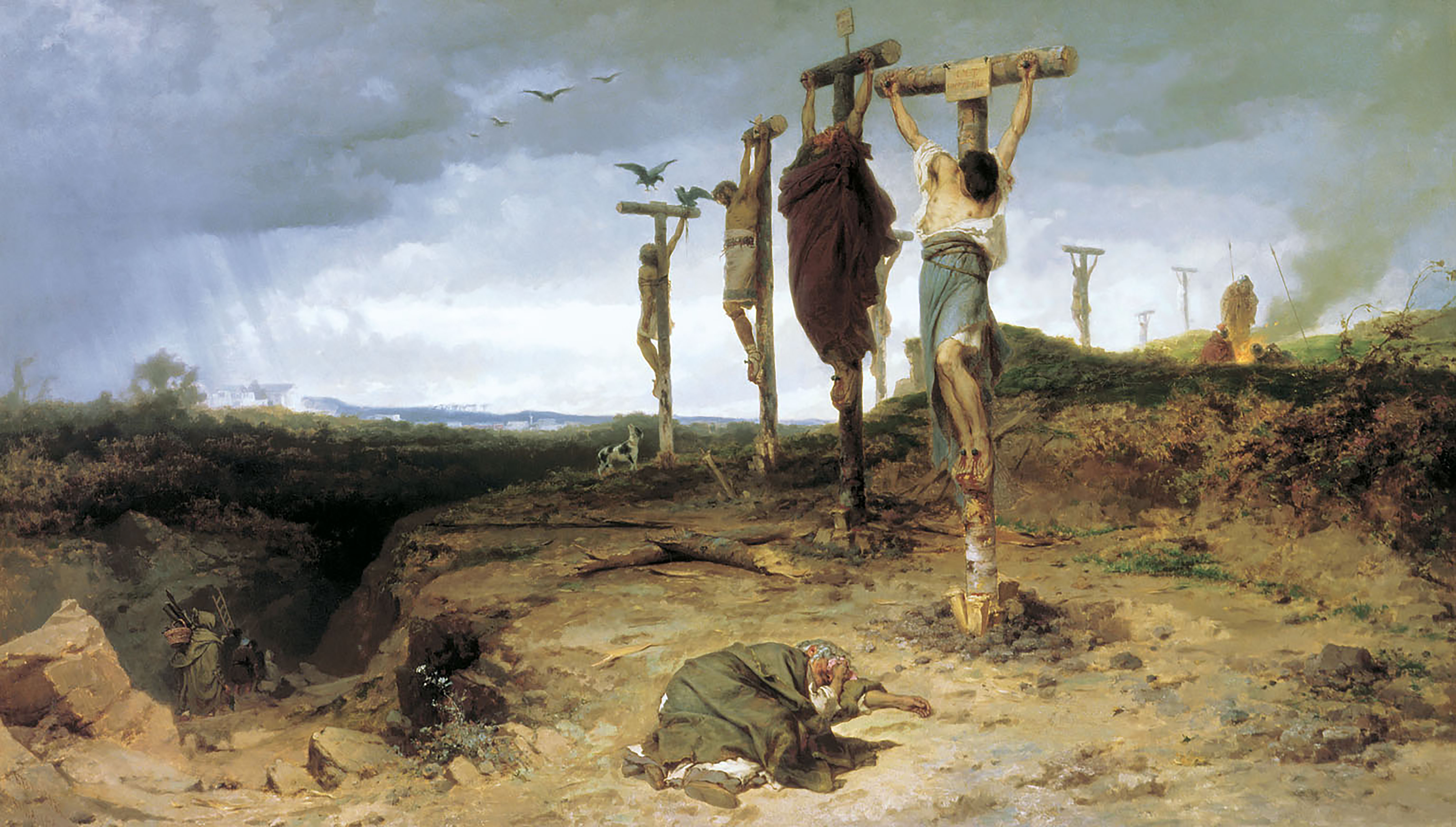Brazil was rocked last week by a deadly shootout in a high school in Suzano, a suburb of Sao Paolo. Two former students armed with a gun, crossbows and axes killed nine people and then committed suicide. Immediately, the media began another campaign against Brazilian President Jair Bolsonaro, leading people to believe that the massacre had something to do with his pro-gun policies. There is, of course, an elementary problem of logic in this argument: Bolsonaro assumed the presidency 63 days ago and so far has not changed the gun control laws in which disrespects carrying of firearms. Moreover, the young killers used black-market weapons and, it’s worth remembering, this is not the first time that a mass shooting has occurred in Brazil.
According to police investigators, the leader of this latest massacre was a 17-year-old named Guilherme Taucci Monteiro. In an interview his mother gave to the Brazilian newspaper Folha de Sao Paulo, we learned something of the family environment in which he was raised. Monteiro’s mother, Tatiana Taucci is an unemployed drug user whose four other children have different fathers.
Monteiro was expelled from school because of his violent behavior. Since then he has devoted himself exclusively to watching TV, playing video games, and — now we know — plotting a mass murder. Although he and his mother lived in the same house, they practically did not speak to each other.
Before going to live with his mother, Monteiro was raised by his grandparents and was clinically depressed after his grandmother’s death a year ago. He was also the subject of constant Bullying practiced by his classmates.
In an interview for Folha de São Paulo, the murderer’s mother made the following statement: “He had everything, cable TV, internet. And the ass—e did it.”
Reading the rest of the interview, it is difficult to imagine that this young man had everything. And I’m not just talking about material goods, but the most elemental of all things: family.
In all, both the mastermind of the massacre as well as his accomplices appear to have suffered from a common disease in modern society. The destabilization of traditional social arrangements and the consequent social atomization are causing untold numbers of people all over the world to lose the ties that unite them to a community, anything that exists beyond them.
The erosion of the sense of belonging is everywhere; from the young Muslims that live in the West and join terrorist groups to the murderers who invaded a school in Brazil and killed nine people with exquisite cruelty.
In the Brazilian case, what is particularly disconcerting is the perverse aesthetic adopted by the two young people who believed that the meaning of life was in barbarism. To anyone who has watched the videos of the massacre, Columbine immediately comes to mind. Exactly 20 years after the horrors perpetrated by two young nihilists in a Colorado city, who profaned God’s name while killing eleven people, two Brazilians decided to repeat the shooting following the same macabre aesthetic.
It must be said that this connection is definitely not the result of an associative projection on the part of our minds. They — the killers — made it clear.
Beyond the slaughter in itself, there is an anthropological dimension that cannot be denied and must be understood. Every act of violence is linked to a conception of the sacred. The spiritual emptiness of our time opens the door to the horror of the denial of transcendence. Like a soul-destroying disease, our post-Christian society erases the image of Christ and invites the Book of Job’s accusing Devil to rule a world that no longer recognizes Jesus as king. Violence, therefore, becomes the instrument of intramundane justice.
The French philosopher Rene Girard observed how violence develops and spreads due to the mimetic nature of human behavior. In this tendency of constant emulation of the behavior of the other; when times of crisis arise, violence is directed against a scapegoat who at the same time is guilty of the chaotic state of things and, once sacrificed, it becomes an object of veneration. Girard explains:
This mode of functioning of society expresses Satan’s dominion over it, for until the advent of Jesus Christ it was Satan who cast out Satan.” It was he, the accusatory spirit, who extirpated evil in the name of evil, who prevented the cataclysm with a minor, and wrote history – myths – taking the party of the accuser. The Christian religion assumes the victim’s party – the Christ -, and affirms his innocence, emphasizing that it was not necessary to kill him.
According to Girard, in offering himself as a sacrifice, Jesus Christ broke the mechanism of violence that had ruled the world since the dawn of time. By dying on the cross, even though everyone knew of his innocence – according to the Biblical account — Christ inaugurated a new anthropological reality in which sacrifice and death are only remembered — as in the Catholic Mass — without ever being put into practice. The scapegoat is abandoned in favor of the remembrance of the suffering, death, and resurrection of the one who promised salvation to all willing to accept the truth. By incarnating in history, Jesus drives the Devil out of history.
Girard noted that the figure of the Devil who practices evil to ward off evil is getting stronger in our post-Christian society.
What is interesting about this phenomenon is that it could only happen in a civilization that has already received the influence of Christianity. As the scapegoat mechanism has already been revealed, we do not return directly to it, that is, we do not directly accuse the victim of anything; we do not directly say that she is guilty. But the scapegoat mechanism continues to function differently: the politically correct movement accuses its opponents of scapegoating, accusing them of victimizing others. This is a kind of Christianity in reverse: they take what is left of the Christian’s influence, what remains of Christian language, but for opposing ends, to perpetuate the scapegoat’s sacrificial mechanism.
In case you have not noticed, there is an undeniable anthropological connection between the nihilists involved in the Suzano massacre and militants who advocate abortion and euthanasia. All of them, in one way or another, seek through the murder of innocents to create an anti-Christian humanism.
In an interview, Girard could not have been more clear.
Protection of the child, protection of the newborn is essential in the Bible. Isaac’s sacrifice marks the difference between the old God and the new God: it is the ancient God who asks Abraham to sacrifice his son, and when Abraham does so, the new God prevents the child’s sacrifice and replaces it by the slaughter of an animal. The end of ritual infanticide is one of the hallmarks of our civilization, and we are losing it (…) I recently saw a book in which the author, whose name I do not remember, said that abortion was the child’s sacrifice, and he took advantage of that sacrifice. This is the most horrible thing to do!
The young assassins of Suzano return with the pre-Christian practices of sacralization of violence as an act of purging evil from society. In this “Christianity in reverse,” each dead person represents a tragic attempt to restore the inner order of their empty lives; every drop of spilled blood is a step further in the search for redemption. In our post-Christian culture, the macabre aesthetic seen in Columbine and repeated in Suzano indicates that the scapegoat mechanism has returned to claim this world.
Homepage picture: Fyodor Bronnikov, The Damned Box. Place of Execution in ancient Rome. The Crucified Slaves, 1878. Now in the Tretyakov Gallery, Moscow. Photo: Wikimedia Creative Commons

